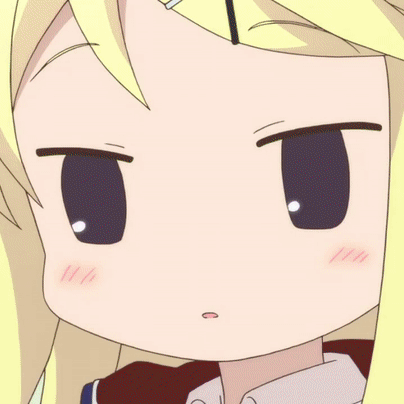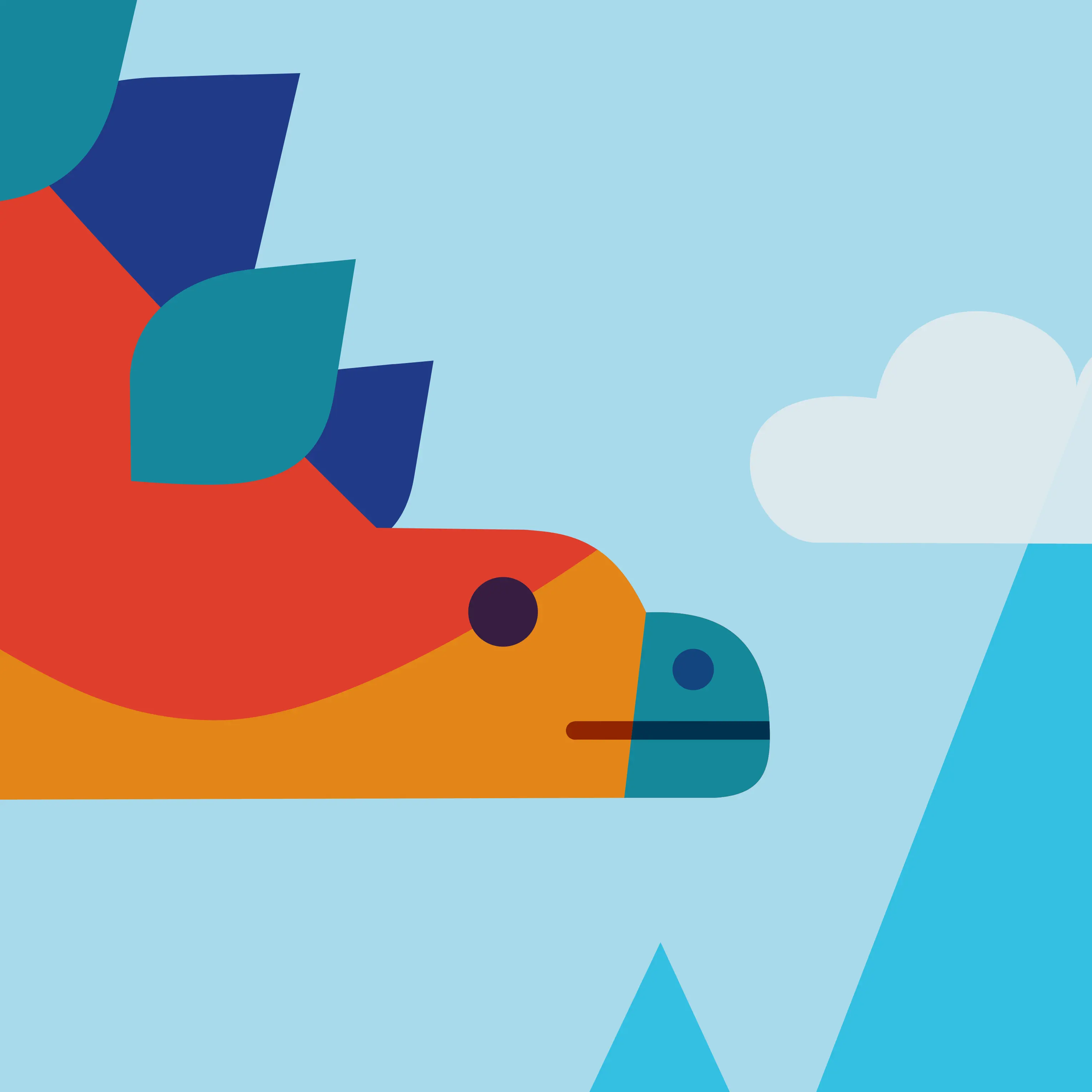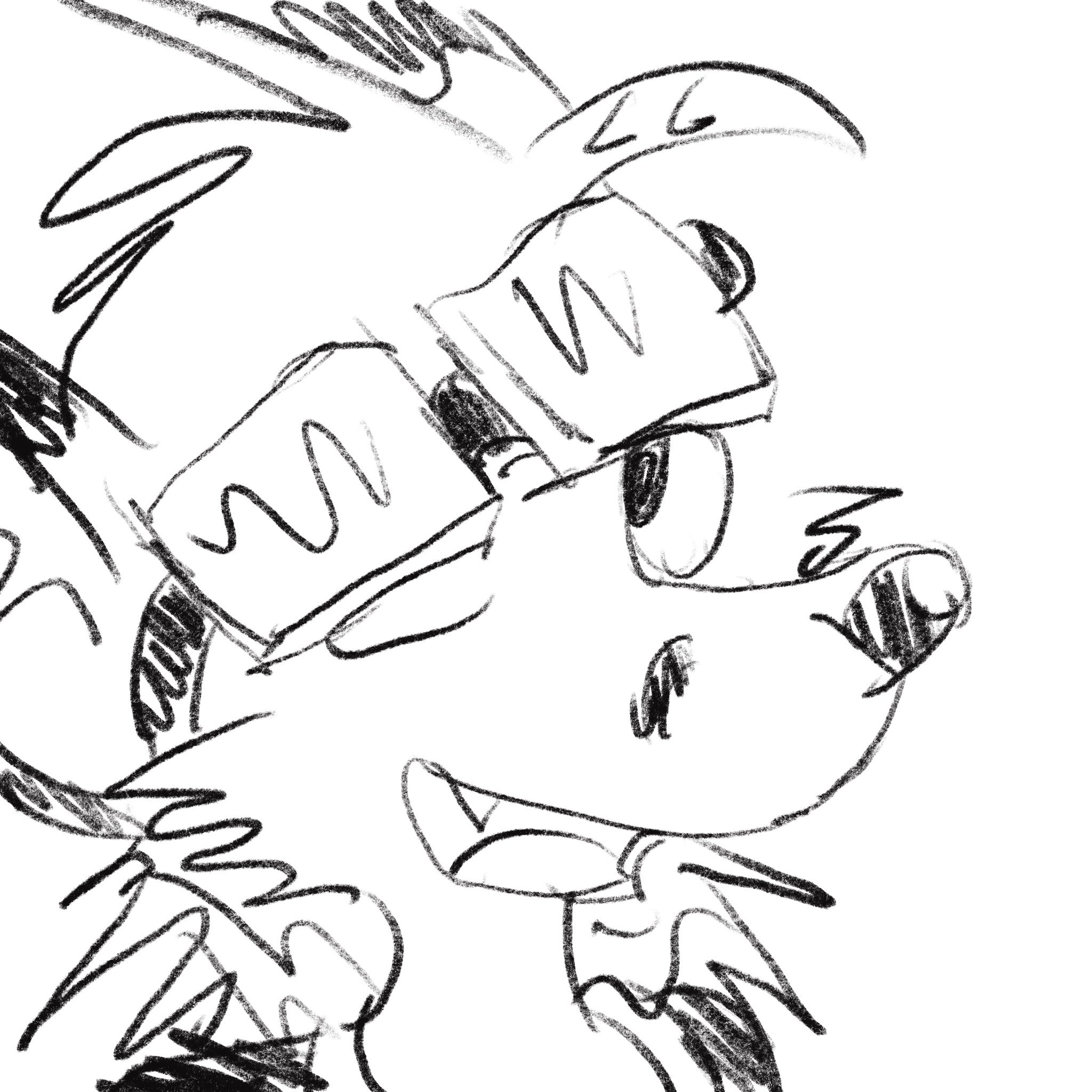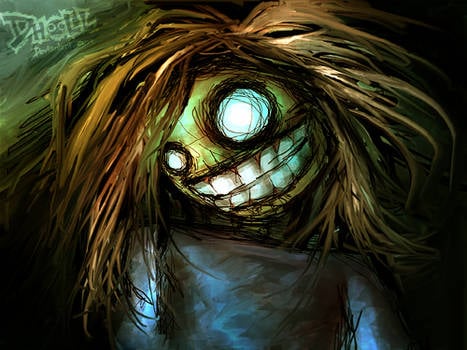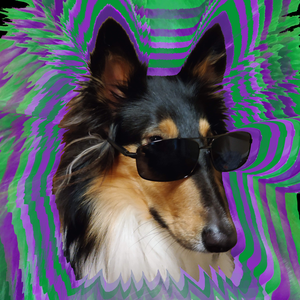On Wednesday, OpenAI announced DALL-E 3, the latest version of its AI image synthesis model that features full integration with ChatGPT. DALL-E 3 renders images by closely following complex descriptions and handling in-image text generation (such as labels and signs), which challenged earlier models. Currently in research preview, it will be available to ChatGPT Plus and Enterprise customers in early October.
Like its predecessor, DALLE-3 is a text-to-image generator that creates novel images based on written descriptions called prompts. Although OpenAI released no technical details about DALL-E 3, the AI model at the heart of previous versions of DALL-E was trained on millions of images created by human artists and photographers, some of them licensed from stock websites like Shutterstock. It’s likely DALL-E 3 follows this same formula, but with new training techniques and more computational training time.
Judging by the samples provided by OpenAI on its promotional blog, DALL-E 3 appears to be a radically more capable image synthesis model than anything else available in terms of following prompts. While OpenAI’s examples have been cherry-picked for their effectiveness, they appear to follow the prompt instructions faithfully and convincingly render objects with minimal deformations. Compared to DALL-E 2, OpenAI says that DALL-E 3 refines small details like hands more effectively, creating engaging images by default with “no hacks or prompt engineering required.”
That avocado image is insane. I’ve yet to see any image prompt AI get text and composition anywhere near this level. Mindblowing to know there were zero edits. I really want to try this now.
One of the things I’ve noticed from testing these generators is that they look very good when someone is showing off cherry-picked photos or you are going in with little to no expectation of what you’ll get. The more you have a specific image in mind or the more you want certain details the worse it gets. And you quickly realize that when you generate things from similar prompts over and over the model gives you the same results but slightly adjusted.
Obviously art generators look bad for artists right now, but I think once the new toy factor wears off people will realize they aren’t as good as they seem. There’s a lot of smoke and mirrors involved and once you’ve seen a good amount of AI photos it gets easier and easier to pick them out of a lineup. They’re closer to advanced stock photo generators, in terms of what you can actually get from them. Companies’ race to the bottom means that this is going to have effects on artist jobs, but I think the next “revolution” in art is going to be having human art as a selling point the same way stuff like fully orchestrated music or hand-crafted things are.
I wish more people realised this. It’s much harder to create very specific images with the current image generation tools than most people seem to think, which is creating an inaccurate view of the technology in the public eye.
The generator will create something inspired by the prompt it is given, but it can be very hard to make it match the output the prompt writer imagines when writing the prompt. There are various tools that can refine and narrow the generator’s output, to try and control things like posing, composition, style etc and to redraw details. But even then it’s often pot luck as to the output. The generated images aren’t necessarily bad, just not what was wanted.
I think the comparison to stock photo images is apt, current image generators are great for creating themed but somewhat generic images. The tools are going to continue to advance, and they are useful in for some applications already. But they are still a long way off from truly replacing human artistry.
deleted by creator
Getting good results usually requires a prompt that looks like the title of a generic product in Amazon: just an endless stream of keywords.
The examples from simple prompts are cherry-picked.
deleted by creator
Nah that Guardians of the Galaxy art is exactly what I’m talking about. It makes basic mistakes even a child could point out and looks more long a knockoff. And refining it is just rolling the dice to get a better result, whereas an artist you can actually give feedback they can understand.
The game assets look a little better, but if you look carefully you’ll notice that they don’t tile correctly. It’s 90% there but the last 10% is the hardest part and it’s important especially for large projects and not just single static images. Not too mention they look generic as fuck, you’re not going to get the next Hollow Knight or Darkest Dungeon with an amazing original style from AI, you’re only going to get existing styles mashed together. The more specific the vision for the artstyle the harder it will be to generate it.
Also the idea of a Tiktok feed of AI generated content is exactly why I hate AI art. Sure, go ahead and use it to help existing artists generate cheap assets that would otherwise be random brush strokes. But replacing them? The idea that AI generated slop will have anything close to the quality and meaning of even cheap art is ridiculous. Why would anyone want that when they could have actual art made by real people, more of which exists today than anyone could go through in their entire life?
deleted by creator
Ive already accepted that my graphic design degree is worthless.
This is just automatic Photoshop - if all you were doing with graphic design was pasting blond hair onto a brunette, yes, this has really screwed you (or made your job a lot easier). If you’re actually doing any level of design… you’re safe for now
closedAI still sucks, even if their (closed!!) Tools are powerful.
I will be convinced when they learn to draw hands correctly, which they seem to boast about here.
Here’s an example image from the article.
https://cdn.arstechnica.net/wp-content/uploads/2023/09/plategirl-980x560.jpg
from the article
Well no wonder they couldn’t find this example.
For a system where the intent is to read, learn, or be entertained (and kill time), people seem unwilling to do the first to accomplish the latter.
Was the prompt “Woman from China”?
Edit: I feel like the nuance of this joke may have been lost on some. Whether or not I read the article is irrelevant, since this was not a genuine question, rather a play on words of the double meaning of “china” as in “A woman from (the country) China” and “A woman (emerging) from china (porcelain)”.
I’ll get my coat.
The prompt is on the picture in the article:
A DALL-E 3 image provided by OpenAI with the prompt: “A middle-aged woman of Asian descent, her dark hair streaked with silver, appears fractured and splintered, intricately embedded within a sea of broken porcelain. The porcelain glistens with splatter paint patterns in a harmonious blend of glossy and matte blues, greens, oranges, and reds, capturing her dance in a surreal juxtaposition of movement and stillness. Her skin tone, a light hue like the porcelain, adds an almost mystical quality to her form.”
Why do we need AI creating text, when nobody is reading?
Whoosh
You might want to put it all lowercase next time
The next time I make the same joke?
I reckon I’ll just keep it to myself instead. I already feel ridiculous for having to explain it. Lemmy is harder than real life.
Making the context window likely helps with stuff, however it still has the issue of “background breaking”.
deleted by creator
Yup that’s the thing with most of generative AI models, they have no implicit 3D modelling of the world. So depending on perspective, a real 2D image may give the impression that there are 2 or 3 fingers only but the model doesn’t know that that’s just because of perspective.
The reason AI struggles with hands is because real artists struggle with them too.
While there is some truth in this, humans and AI do not make the same type of mistakes with hands.
Humans will rebuild the topological structure of the hand: 5 fingers protruding from a base, and get the proportions wrong…while the topology is credible.
AI will rebuild the image of a hand from the 2d appearance of a hand: a variable number of flesh colored, parallel stripes, and improvise from that.
While both can get it wrong, the errors are not similar.
This is the best summary I could come up with:
On Wednesday, OpenAI announced DALL-E 3, the latest version of its AI image synthesis model that features full integration with ChatGPT.
DALL-E 3 renders images by closely following complex descriptions and handling in-image text generation (such as labels and signs), which challenged earlier models.
Judging by the samples provided by OpenAI on its promotional blog, DALL-E 3 appears to be a radically more capable image synthesis model than anything else available in terms of following prompts.
While OpenAI’s examples have been cherry-picked for their effectiveness, they appear to follow the prompt instructions faithfully and convincingly render objects with minimal deformations.
DALL-E 3 also appears to handle text within images in a way that its predecessor couldn’t (some competing models like Stable Diffusion XL and DeepFloyd are getting better at it).
Microsoft’s Bing Chat AI assistant, also built on technology from OpenAI, has been able to generate images in conversation since March.
The original article contains 420 words, the summary contains 151 words. Saved 64%. I’m a bot and I’m open source!
always wanted to try it out but no way I’m giving my phone number to them, although I understand their approach to reduce bot accounts.
Try stabil diffusion
What a time to be alive!
Nice username!



